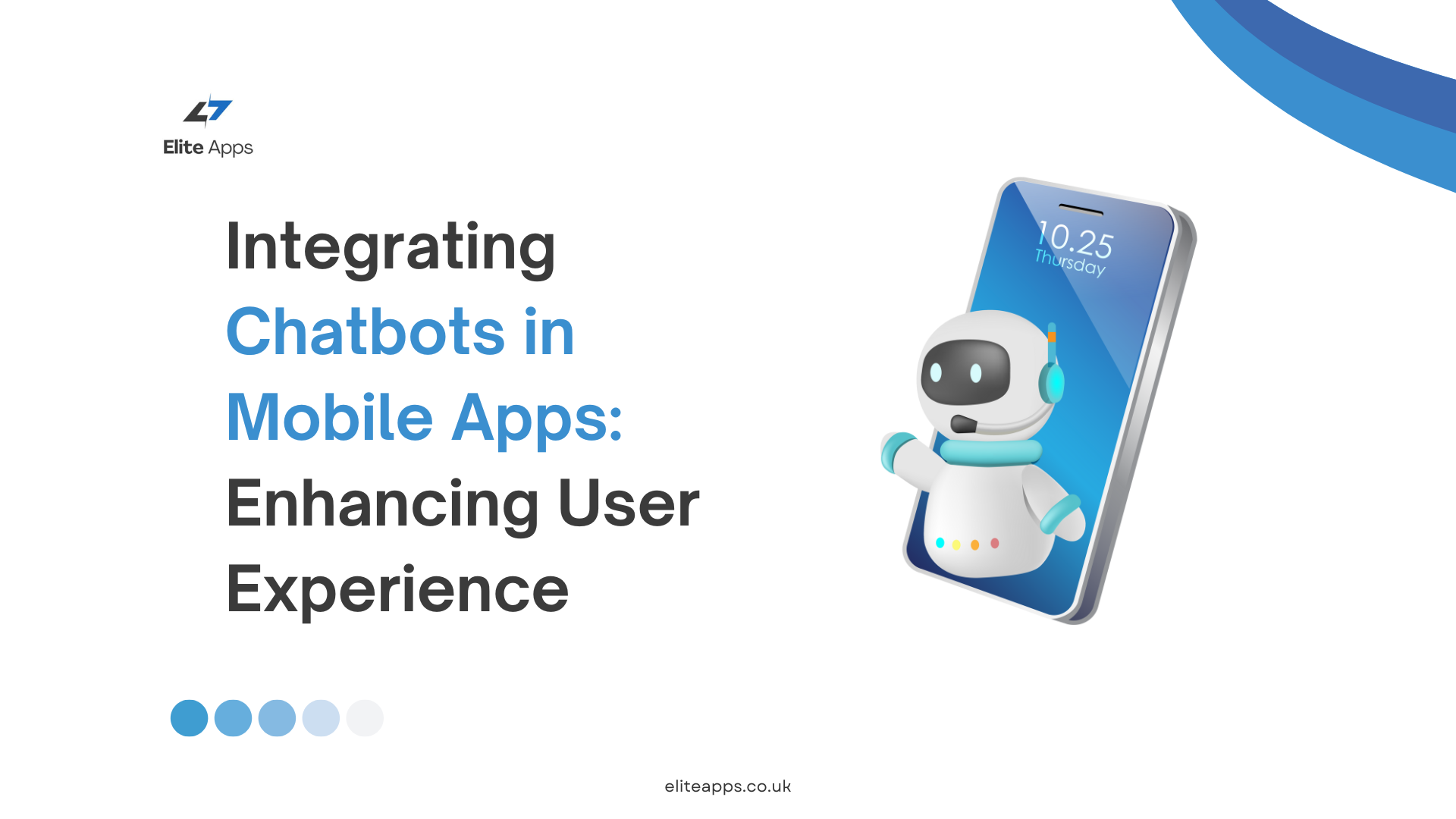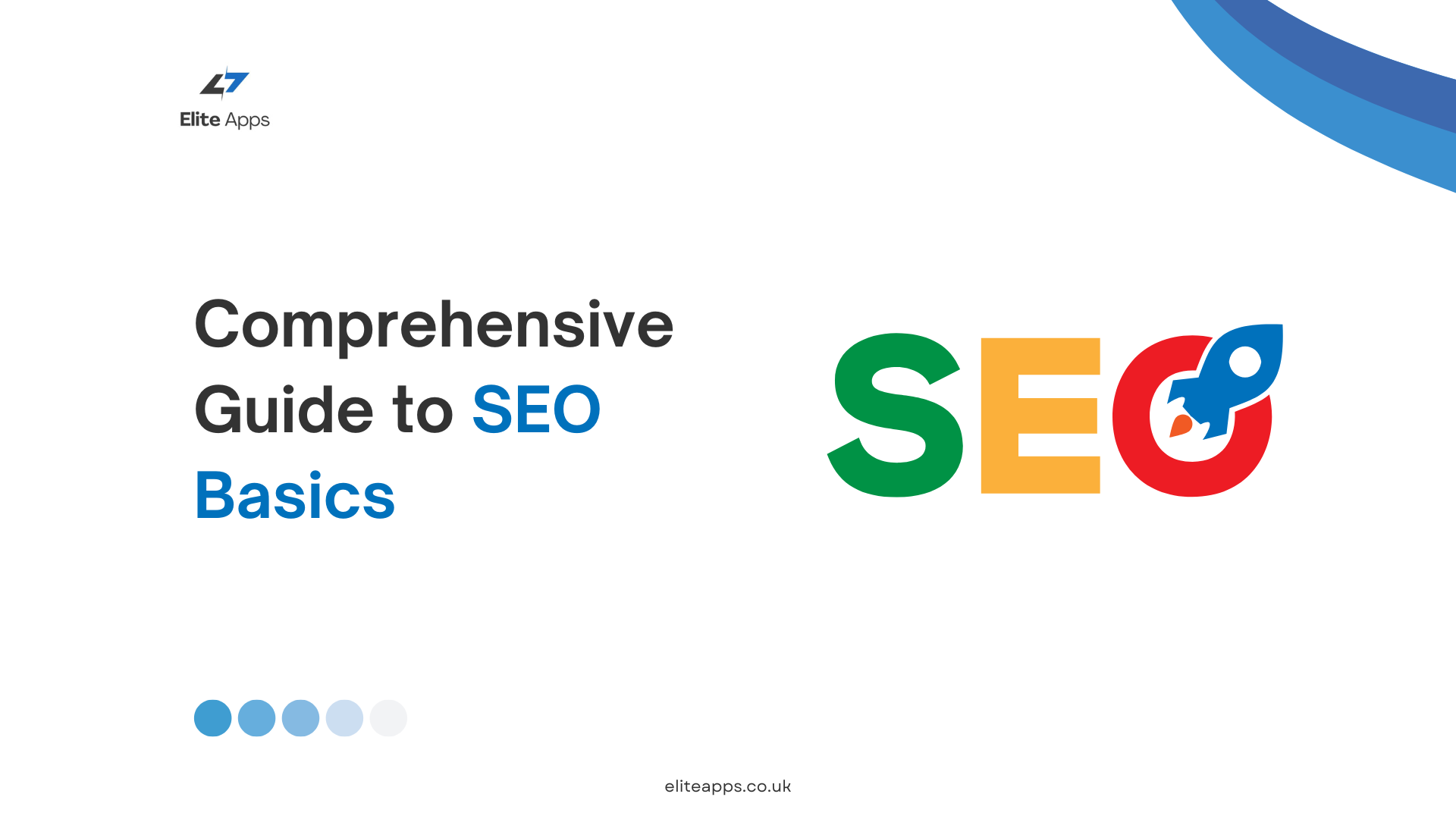Integrating Chatbots in Mobile Apps: Enhancing User Experience
The rise of artificial intelligence (AI) has transformed mobile apps in many ways, and one of the most impactful innovations is the integration of chatbots. As businesses seek to improve user engagement and customer service, chatbots offer a unique opportunity to enhance the overall user experience. By providing real-time assistance, streamlining communication, and offering personalized interactions, chatbots have become an essential feature for mobile apps across various industries.
In this blog, we’ll explore how integrating chatbots in mobile apps can elevate the user experience and improve app performance.
1. Instant Customer Support
One of the primary benefits of integrating chatbots into mobile apps is the ability to offer instant customer support. Traditional customer service methods often involve long wait times, which can lead to frustration and lost customers. Chatbots, on the other hand, are available 24/7 and can handle a variety of customer inquiries, ranging from basic FAQs to more complex problems.
By providing immediate responses, chatbots can resolve issues more quickly, improving user satisfaction. Additionally, chatbots reduce the burden on customer service teams by handling routine questions, allowing human agents to focus on more complex tasks.
2. Personalized User Interactions
Chatbots are not just reactive tools; they can also proactively engage users in personalized ways. By analyzing user behavior and preferences, chatbots can offer product recommendations, send personalized notifications, and provide relevant content. For example, an e-commerce app chatbot can suggest items based on a user’s previous purchases or browsing history.
This level of personalization helps users feel more connected to the app, creating a customized experience that increases engagement and drives loyalty.
3. Improved User Retention
User retention is a critical factor in the success of any mobile app. Chatbots can help by re-engaging users who may be drifting away from the app. For instance, a chatbot can send a friendly reminder if a user hasn’t logged in for a while or offer a special promotion to bring them back.
By maintaining constant communication, chatbots keep users engaged with the app over time, reducing churn and increasing retention rates.
4. Enhanced In-App Navigation
Navigating complex mobile apps can sometimes be overwhelming for users, especially when they are unfamiliar with the interface. Chatbots can serve as virtual guides, helping users find what they need without having to navigate multiple screens.
For example, a chatbot in a banking app can guide users to check their account balance, transfer funds, or find a nearby ATM. By simplifying navigation, chatbots improve the overall usability of the app and reduce friction in the user journey.
5. Seamless Onboarding Experience
The onboarding process is a crucial part of the user journey. A complicated or lengthy onboarding experience can lead to users abandoning the app before they even get started. Chatbots can streamline onboarding by guiding users step-by-step, answering questions, and offering assistance as needed.
By making onboarding simple and intuitive, chatbots ensure users can quickly start using the app’s core features, leading to a higher likelihood of retention.
6. Data Collection and Analytics
Chatbots are valuable tools for gathering insights about user behavior. As users interact with chatbots, valuable data is collected, such as common questions, preferences, and pain points. This data can help businesses refine their app, improve the user experience, and develop more targeted marketing strategies.
Moreover, the real-time feedback that chatbots provide enables businesses to quickly address issues and make necessary updates, ensuring the app remains responsive to user needs.
7. Multilingual Support
In today’s global market, offering support in multiple languages is essential for expanding an app’s user base. Chatbots can be programmed to communicate in multiple languages, making it easier to serve users from diverse linguistic backgrounds.
For instance, a travel app can deploy a chatbot that offers assistance in the user’s preferred language, whether it’s booking flights or finding local attractions. This feature improves accessibility and enhances the overall user experience, especially for international users.
8. Cost-Effective Solution
Developing and maintaining a customer service team can be expensive, especially for businesses with a large user base. Chatbots offer a cost-effective alternative by automating customer support tasks, reducing the need for a large team of agents.
Additionally, chatbots can handle multiple inquiries simultaneously, eliminating the need for users to wait in line for assistance. This improves the user experience while also reducing operational costs for the business.
9. Boosting Engagement with Push Notifications
Chatbots can also be integrated with push notification systems to send timely messages that encourage user interaction. These notifications can be personalized and based on user preferences or behavior, making them more relevant and less intrusive.
For example, a food delivery app chatbot can notify users about special deals or suggest meal options based on their past orders. This dynamic interaction keeps users engaged and drives higher app usage.
Conclusion
Integrating chatbots into mobile apps offers numerous advantages for enhancing user experience. From providing instant customer support to personalizing interactions, chatbots play a key role in improving the overall usability and engagement of apps. As AI technology continues to advance, chatbots will become even more capable, enabling businesses to create smarter, more responsive apps that cater to the evolving needs of users.
By leveraging the power of chatbots, businesses can not only improve customer satisfaction but also increase user retention, streamline app navigation, and reduce operational costs. As mobile apps continue to dominate the digital landscape, incorporating chatbot technology is no longer just an option—it’s a necessity for success in today’s competitive market.








